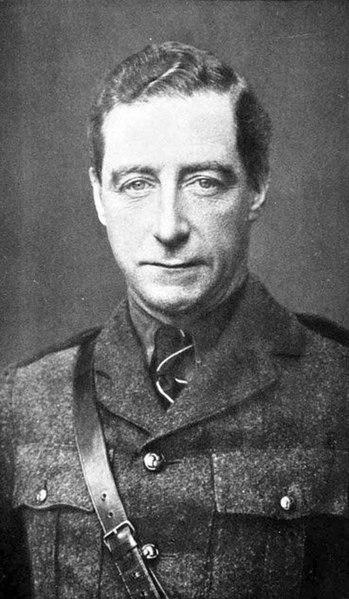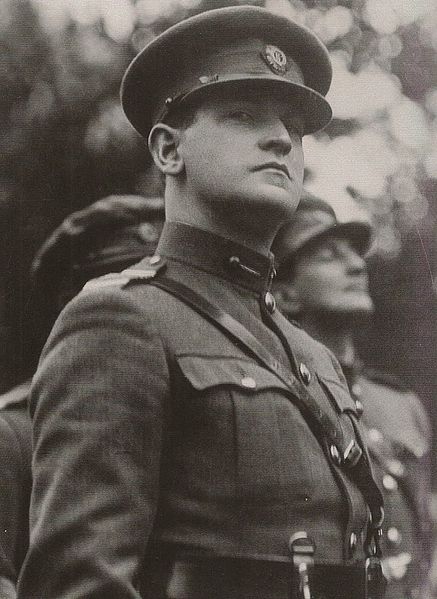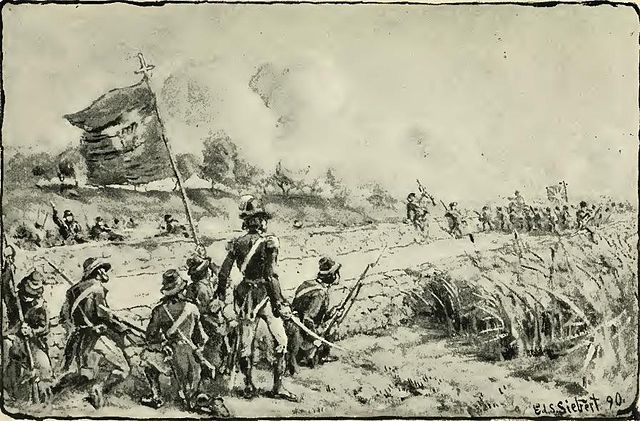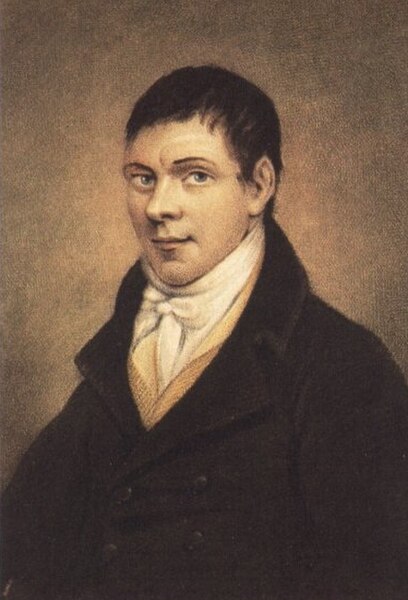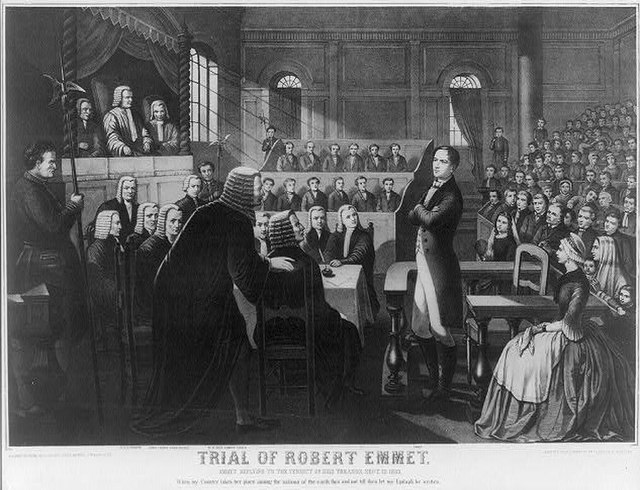Irish Republican Army (1919–1922)
The Irish Republican Army was an Irish republican revolutionary paramilitary organisation. The ancestor of many groups also known as the Irish Republican Army, and distinguished from them as the "Old IRA", it was descended from the Irish Volunteers, an organisation established on 25 November 1913 that staged the Easter Rising in April 1916. In 1919, the Irish Republic that had been proclaimed during the Easter Rising was formally established by an elected assembly, and the Irish Volunteers were recognised by Dáil Éireann as its legitimate army. Thereafter, the IRA waged a guerrilla campaign against the British occupation of Ireland in the 1919–1921 Irish War of Independence.
Cathal Brugha was the nominal and titular commander of the IRA...
...but Michael Collins's highly prominent role in Dublin gave him de facto control
Irish republicanism is the political movement for the unity and independence of Ireland under a republic. Irish republicans view British rule in any part of Ireland as inherently illegitimate. An ideology since the 17th century, various methods have been employed to achieve the republic, including rebellions and paramilitary campaigns. Although the makeup of republicanism has been multidenominational, its relation to catholicism increasingly became central.
The Battle of Killala marked the end of the rising
Michael Dwyer
Depiction of Robert Emmet's trial
William Smith O'Brien, leader of the Young Ireland movement

